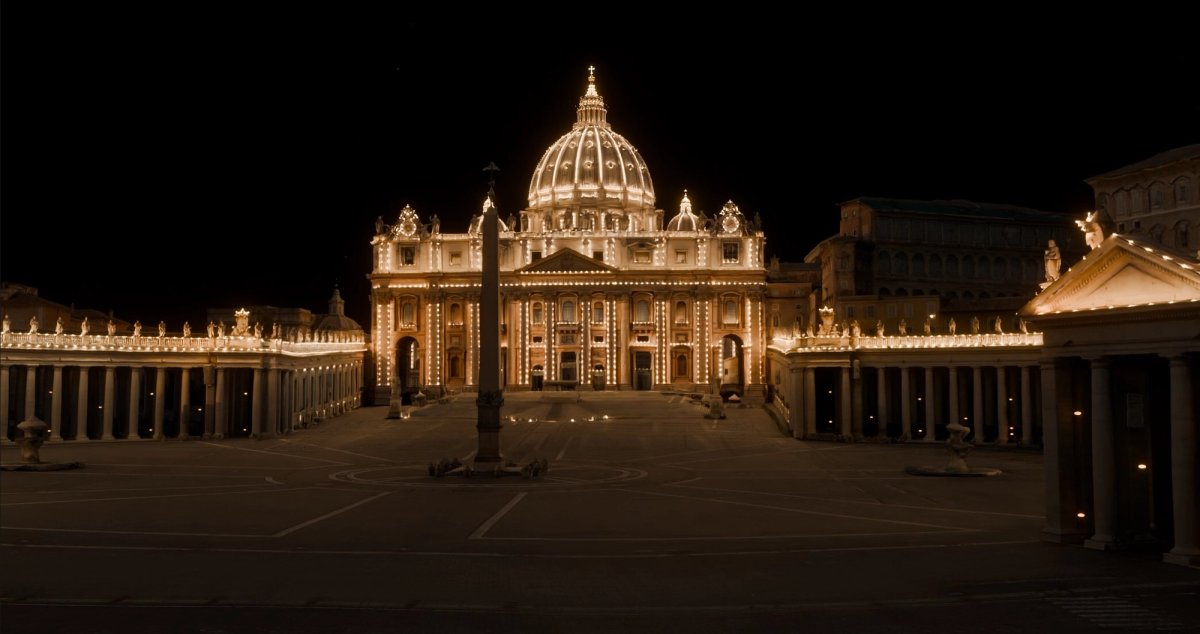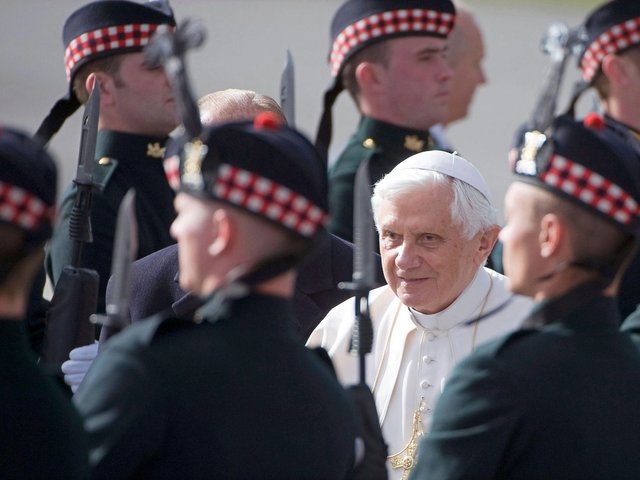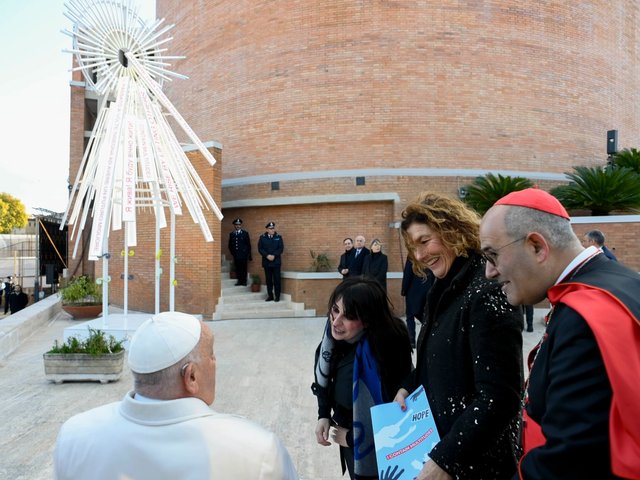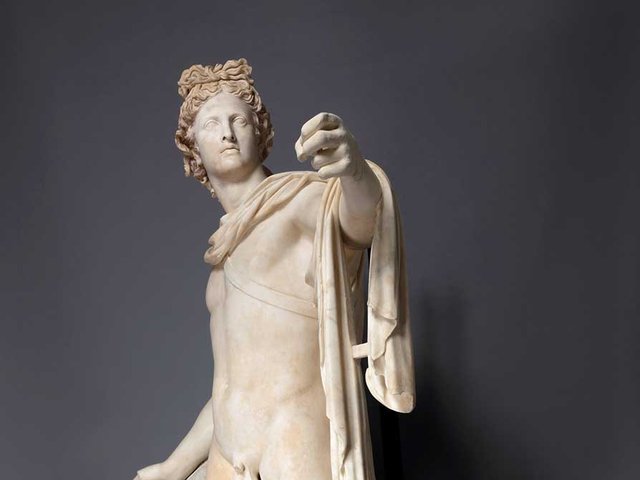St Peter’s Basilica in the Vatican City has been recreated in digital form using the latest developments in artificial intelligence. “Through the digital twin, people worldwide can explore and engage with the Basilica’s rich history and architecture, regardless of their physical location,” says a Vatican statement.
The project, called La Basilica di San Pietro, launched earlier this week and was developed by Microsoft and the Vatican in collaboration with the French digital preservation startup, Iconem. Digital visitors can explore “points of interest” at the sacred site, which dates from the fourth century, and zoom in on key areas such as the Tomb of Pope Paul III and the Niche of the Pallia, which is located under the main altar of the basilica.
To create the digital replica of the exterior and interior of the famous basilica—encompassing its mosaics, frescoes and sculptures—drones, cameras and lasers were used to take more than 400,000 detailed images over three weeks. The new digital platform, which can also be accessed at special kiosks at the Vatican, preempts the 2025 Holy Year Jubilee.
Crucially, the project also helped to identify structural problems. “The digital twin also plays a vital role in restoration efforts, helping to identify physical vulnerabilities that have provided new insights into its structure and architecture ensuring its historical, cultural, and spiritual significance endures for future generations,” adds the Vatican.

Prior to this latest project, artificial intelligence had already played a key role in restoration efforts to date
An AI generated image of a bronze statue of St Peter
Photogrammetry techniques—capturing thousands of images from multiple angles to create a 3D digital model—revealed, for instance, previously hidden or lost mosaic tiles. Meanwhile Vatican teams uncovered an ornate ceiling featuring coloured bricks arranged in an Archimedean spiral—a typical Roman brickwork style from the period. “This unexpected finding adds to the Basilica’s rich architectural history and will contribute to the ongoing restoration efforts,” says the Vatican.
Artificial intelligence has played a key role in restoration efforts to date. “By analysing hundreds of thousands of high-resolution, geotagged images, [Microsoft’s AI for Good Lab programme] compares these scans with archival records to identify structural weaknesses and other signs of degradation,” the statement explains.
Key members of the project team include Paolo Benanti, professor of AI Ethics at the Pontifical Gregorian University, Rome, who advises the Vatican and Pope Francis on “ethical technology use”. Earlier this year however Pope Francis raised concerns about the impact of AI, saying: "Does it serve to satisfy the needs of humanity, to improve the well-being and integral development of people?" [Or does it] serve to enrich and increase the already high power of the few technological giants despite the dangers to humanity?"





